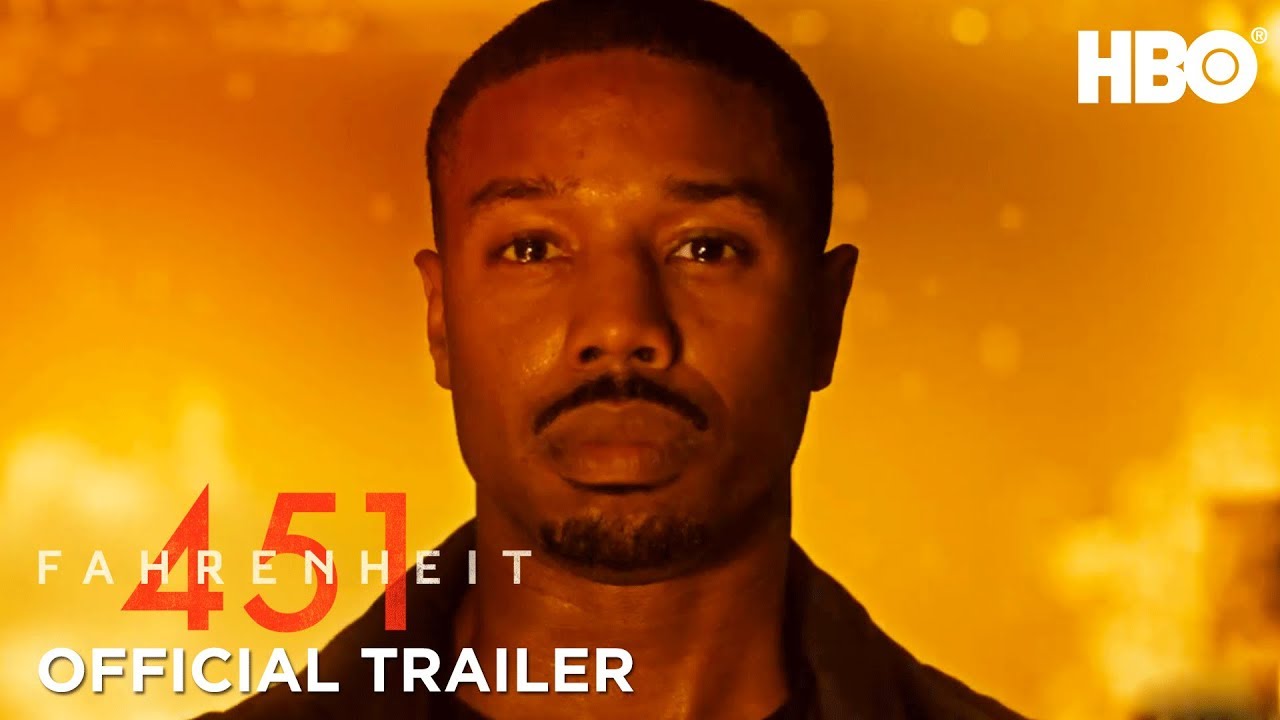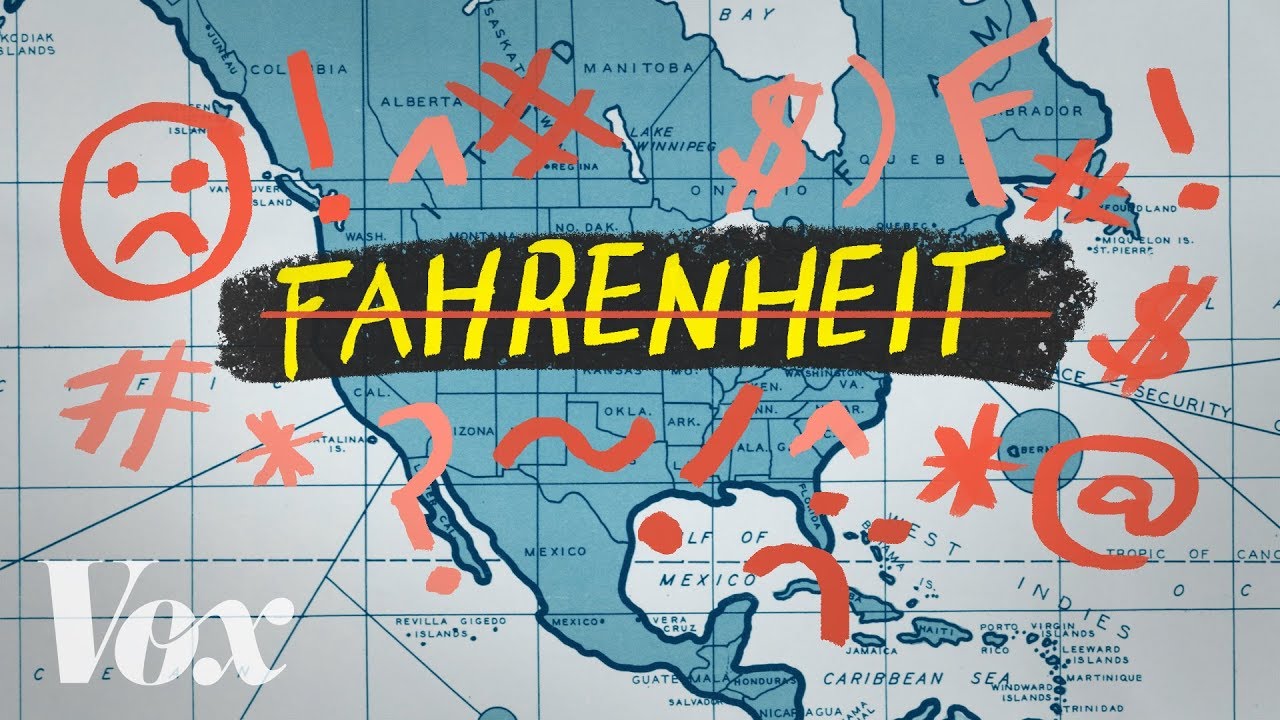When we mention ‘fahrenheit,’ most folks think of temperature scales, but it’s also a peak into deeper discussions about censorship and society. It leads us to Ray Bradbury’s legendary novel, Fahrenheit 451. This iconic work serves as a chilling warning about the danger of suppressing critical thought. Let’s dive into how ‘fahrenheit’ has transformed into a cultural touchstone that resonates through time, reminding society of the consequences that come from conformity and ignorance.
Exploring the Cultural Significance of Fahrenheit and Fahrenheit 451
From classrooms to book clubs, Fahrenheit 451 echoes in discussions wherever freedom of expression is debated. Bradbury’s dystopian vision crafts a world where books are labeled dangerous, and firemen aren’t heroically battling flames, but rather burning knowledge to ashes. This imagining forces readers, old and young, to question the value of literature and critical judgment in their lives. The novel pulls at the threads of conformity, allowing for a healthy exploration of what it means to think for oneself.
Moreover, the cultural journey of ‘fahrenheit’ isn’t limited to literary circles. It extends into film, theater, and social conversations. Think of modern classics like I Am Legend, which play on themes of isolation and societal collapse that align with Bradbury’s messaging. This dialogue informs how we approach current crises—like misinformation in the age of the internet and societal complacency. The power Bradbury’s words yield is undeniable.
In this technological era, Fahrenheit 451 serves as a plea to embrace critical thinking. As we watch our screens glow with endless information, the themes of the novel urge us to dissect what we consume and find value in questioning everything, including our perspectives. It’s a cautionary tale that remains vibrant, recognizing the weight of resisting dystopia, whether in literary form or in everyday life.

Top 7 Ways Fahrenheit and Fahrenheit 451 Shaped Modern Society
Fahrenheit 451 remains a potent symbol against the perils of censorship. In Bradbury’s world, the government restricts access to literature, but in our society, banned books become rallying points for activists. Organizations like the American Library Association utilize data regarding book bans to raise awareness about the importance of preserving our right to read freely.
The 2018 HBO adaptation of Fahrenheit 451 featuring Michael B. Jordan brought the novel to a fresh audience. This reboot ignited debates around censorship amid today’s digital landscape. It’s fascinating how reinterpretations prompt conversations around what “freedom” means in modern settings, especially for a generation that receives news via social media instead of print.
High schools and colleges often feature Fahrenheit 451 as required reading. By guiding students through its narrative, educators facilitate important discussions on media literacy and the critical analysis of information. This creates an informed populace that recognizes and challenges ideological conformity, vital for a society that truly values free thought.
Bradbury’s foresight about technology’s role in society is startlingly relevant today. His warnings about digital distractions echo in a world buzzing with social media posts and viral trends. The prevalence of misinformation during crises highlights the urgency of Bradbury’s messages about the loss of critical thought in favor of mindless consumption.
The seismic impact of Fahrenheit 451 can be felt across literary genres. Authors like Margaret Atwood, known for The Handmaid’s Tale, and George Orwell, creator of 1984, share links to Bradbury’s narrative, crafting their dystopian worlds influenced by his expectations of authoritarian rule and the struggle for individuality. The literary lineage continues to inspire young authors to examine societal issues through the lens of fiction.
Protests for democratic freedoms mirror the rebellion against censorship that Bradbury warned about. Movements in Hong Kong and Belarus showcase how Fahrenheit 451 continues to fuel activism, promoting the fight for rights and free expression against oppressive regimes. This legacy illustrates the transformative power literature can have on real-world change.
The artistic interpretation of Fahrenheit 451 expands beyond literature into the world of visual arts, theater, and beyond. Engaging productions often utilize modern technology to enhance Bradbury’s themes, making the story resonate with contemporary audiences. Efforts like modern adaptations and exhibitions reinforce that the cautionary tale about societal complacency is anything but outdated.
The Lasting Legacy of Fahrenheit: A Call to Critical Thought
As we explore today’s multifaceted issues, the themes in Fahrenheit 451 inspire individuals to stay engaged. The conversations surrounding censorship, literacy, and critical thinking are urgent reminders of our duty to make informed choices. By championing the principles of intellectual freedom, we forge a collective path forward, drawn from the resistance against mediocrity Bradbury so vividly illustrated.
In sustaining this legacy, we find an invitation for every generation to uphold the right to dissent. It not only prompts reflection but ignites action—encouraging society to champion the value of critical thought in a landscape riddled with challenge. Just as Fahrenheit 451 served as a powerful voice for decades, it now invites us to partake in a dialogue necessary for an enlightened and empowered community. Embrace the lessons from the past; after all, as fans of cinema know well, every frame tells a story worth sharing. Whether it’s District 9 or a modern blockbuster like Beetlejuice, each narrative brings with it the potential for change.
So, as we leave this path of exploration, let’s keep the spirit of Bradbury alive—the call to engage, question, and challenge the status quo isn’t just a legacy; it’s a responsibility.

Fahrenheit: The Extraordinary Impact and Legacy
A Cinematic Phenomenon
Fahrenheit’s influence stretches far beyond just movies. Did you know that it has created a ripple effect in pop culture? For example, in 1989, Batman soared into theaters, captivating audiences with its dark and gritty aesthetic. This film, much like Fahrenheit, explored themes of chaos and authority, drawing inspiration from societal shifts. It’s fascinating how these narratives often intersect, showcasing the filmmakers’ interpretations of humanity’s struggles.
Capturing Imaginations
Fahrenheit sparks discussion in many artistic fields. Just think about the captivating heights Hollywood reaches when tackling intense themes. Consider how actresses like Lara Travis and Olivia Tiedemann have made waves through their roles, embodying strong characters and pushing boundaries. The allure and emotional resonance of Fahrenheit resonate in their performances, much like how they put a personal spin on classic archetypes, engaging viewers in rich storytelling.
A Lasting Legacy
The legacy of Fahrenheit touches various creative circles, inspiring actors, directors, and even fitness enthusiasts! Ever heard of the hex bar Deadlift? Believe it or not, this exercise reflects the determination and grit found in characters shaped by narratives similar to those in Fahrenheit. And for fans looking to dive deeper into quirky cinematic experiences, make sure to watch Beetlejuice to appreciate the unique intersections between horror and comedy. The charm of movies like this invites reflection on how Fahrenheit has influenced various genres and formats, keeping audiences entertained and introspective.
The film’s legacy is a testament to the transformative power of storytelling, challenging us to question our motivations and aspirations. It’s pretty clear that Fahrenheit’s impact will not fade anytime soon, continually echoing through different arenas, much like Myles Oneals journey as an emerging filmmaker carving his niche in the industry.




![AZEE - FAHRENHEIT [Official Music Video]](https://www.cinephilemagazine.com/wp-content/cache/flying-press/bd47b330005ffe105a249bcecc11074b.jpg)



